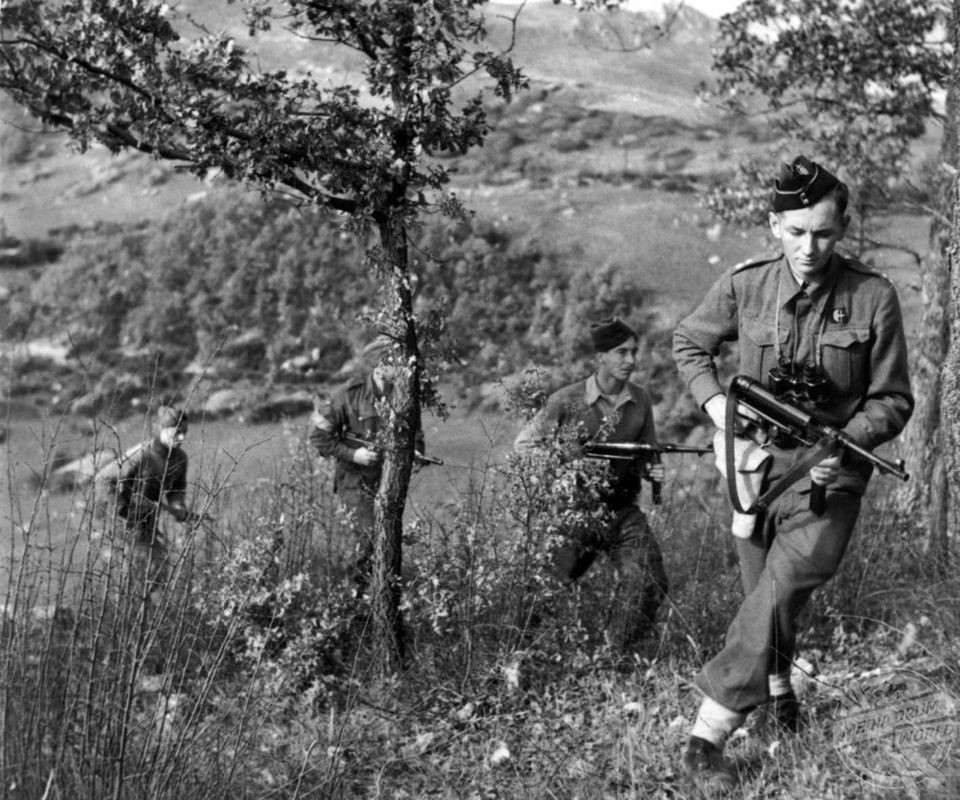
By Alex Jones
FASCINATING never-seen-before photos and a new book chronicle the life and times of John Woodhouse – an inspirational and commanding leader who created the modern SAS and established ‘The Regiment’ as the most feared and respected elite force on Earth.
In 1941, Scotsman David Stirling had the bold and dangerous idea of dropping a uniquely trained troop of commandos into North Africa to cause chaos deep behind enemy lines. Before long, no enemy fuel depot, ammunition stash, or airfield was safe as the new special forces unit swept all before them. The SAS was born.
To Stirling’s dismay and despite his protestations, the new unit disbanded towards the end of the Second World War after years of successful operations.

However, it was reformed within just a few years when the Cold War era called for a specially trained group of highly intelligent, skilled soldiers to conduct complex and deadly missions in remote locations, particularly focusing on counter terrorism. Fighting could take place at any time in almost any country. The regiment was back. It continues to this day. He Who Dares Wins.
Years later, during his inauguration speech at the opening of the SAS’ new home, Stirling Lines in Hereford, Stirling showed his appreciation of those who proved crucial to the establishment of the world-famous SAS:
“I would like it to be recognised that I have five co-founders: Jock Lewes and Paddy Mayne of the original L Detachment in 1941; Georges Bergé who started the French SAS; Brian Franks who re-raised the SAS flag after the war and John Woodhouse who created the modern SAS during the Malayan Campaign by restoring to the Regiment its original philosophy.”
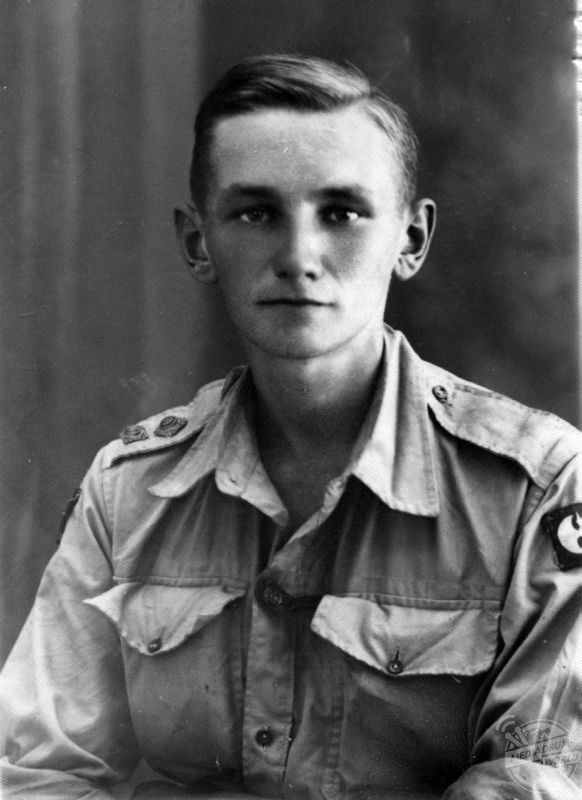
It is the latter of these men, lieutenant colonel John Woodhouse, that military author and former SAS officer Alan Hoe has compiled a biography on. He served alongside the influential SAS commander and spent a huge amount of time interviewing and accompanying Woodhouse before his death in 2008. The author also had access to a wealth of Woodhouse’s diaries, photograph albums, and personal correspondence to draw from – none of which had been seen by the public before.
Remarkable photographs included in Hoe’s Keystone of 22 SAS: The Life and Times of Lieutenant Colonel J M (Jock) Woodhouse MBE MC, include an image of the young lieutenant in the midst of World War Two leading his men whilst cradling a machinegun; a wiry Woodhouse in British Malaya where he helped create the rules and regulations for the modern regiment which are still obeyed today; and standing proudly outside Buckingham Place with his parents after receiving his MBE.
For those with an interest in how the SAS has built its reputation over the years, Woodhouse’s recollections provide an enthralling detailed insight into how the regiment developed, hewn in the hot, dense rainforests of Asia, surrounded by thousands of murderous communist terrorists. Although an expert in writing the rules of warfare, Woodhouse proved himself an adept and ferocious soldier who always asked more of himself than his men, and was capable of inspiring unshakable confidence in his troops, often in the most dispiriting of situations.
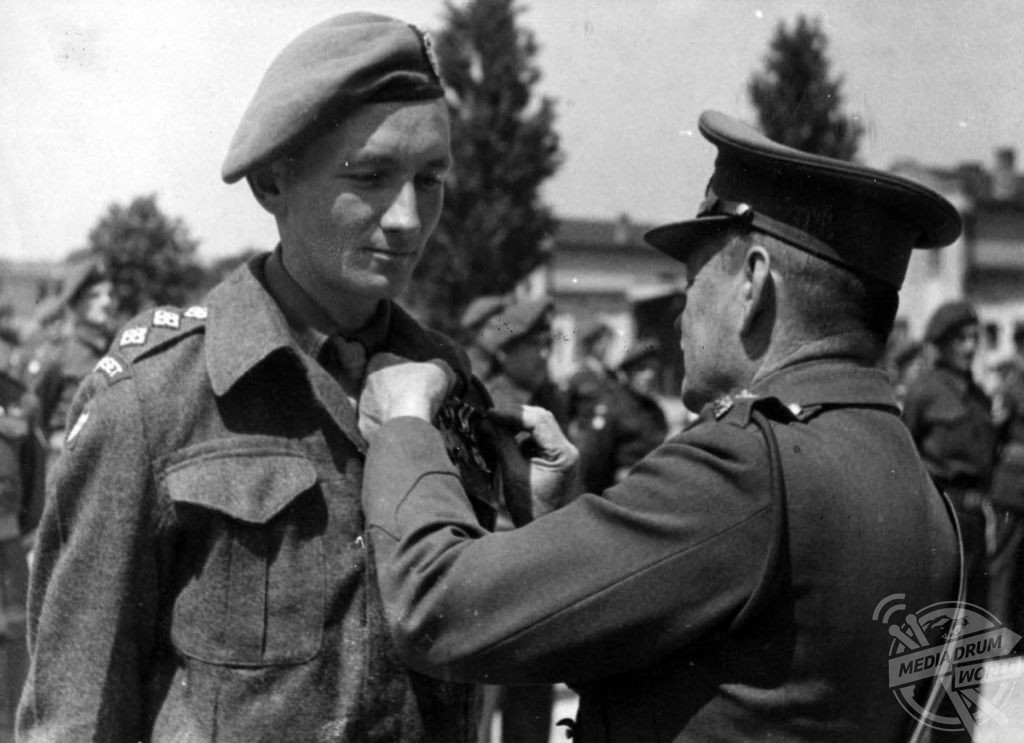
The roots of the post-war SAS were cultivated in British Malaya, the south east Asian peninsula above Singapore, an area ravaged by war between 1948-60. The Malayan Emergency, as it became known, was one of the few successful counter-insurgency operations undertaken by the Western powers during the Cold War. It saw British and Commonwealth forces defeat a communist revolt in Malaya with the Malayan Scouts, chiefly made up of SAS serviceman, key the conflict’s success.
Stirling’s SAS in North Africa and Woodhouse’s Malayan elite force share many similarities, particularly in terms of spirit, but also show how versatile and resilient the special forces soldiers can be in different challenging terrains.
“The Special Air Service regiment conceived, formed and led by David Stirling in 1941 to raid behind the German Afrika Korps lines in North Africa was disbanded after the war ended in 1945,” explained Hoe.
“In 1947 a Territorial Army SAS regiment was raised and in 1950 the regular army formed a Special Service unit in Malaya. This is the story of how that unit, after a stormy and unpromising beginning, grew over the next decade and a half into a force unique in its character, secretive in its operations and unequalled in cost-effectiveness. It is a story seen through the eyes of Lieutenant Colonel John Woodhouse who, after beginning his army career shortly after the start of the Second World War, was almost continually involved in the development of the Special Air Service from 1950 until 1965. A story that moves from Malaya into Borneo, Arabia and Africa.”
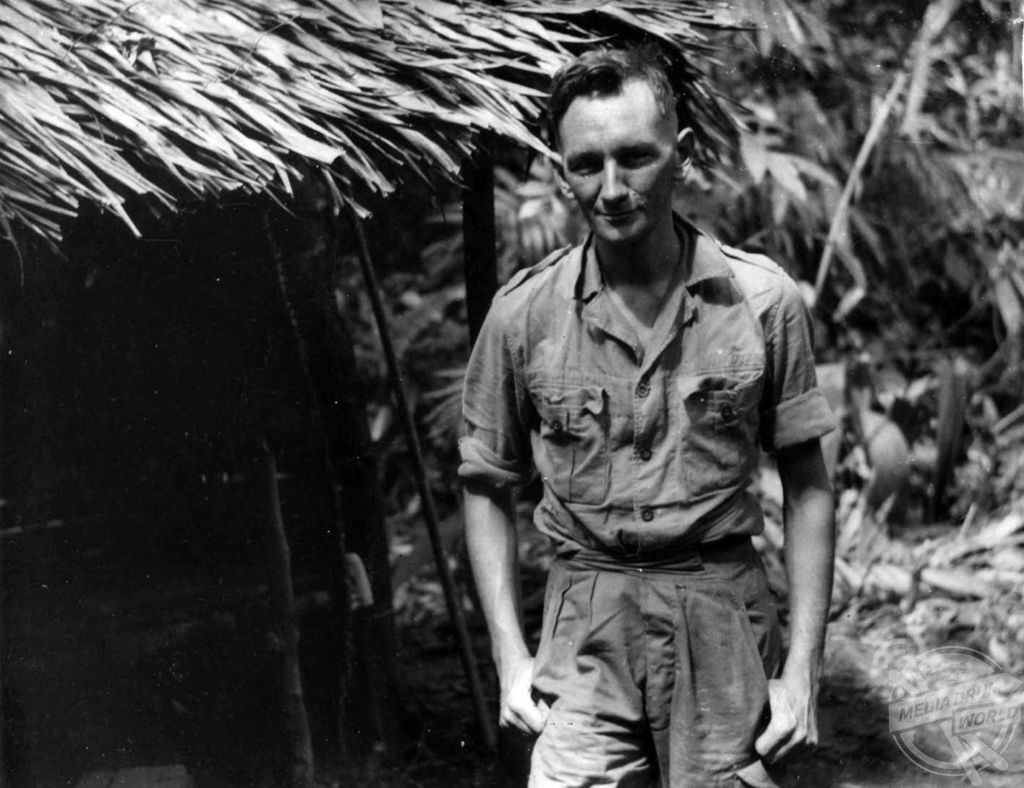
Credit for the renaissance of the SAS in the 1950s must go to a small group of highly motivated officers, but of these, Woodhouse stood out. Woodhouse’s “energy, military knowledge and courage” were pivotal to establishing the standards that made 22 SAS into the world’s leading special force unit.
At the expense of his own promising career Woodhouse continued to serve the SAS leading The Regiment, as it became known, through campaigns in Oman, Borneo, Radfan and South Arabia, as it built its unrivalled reputation. He is credited with creating the SAS’ brutal selection process – one of the most demanding in the world –; instilling discipline and restoring in the post-war regiments the original ethos of David Stirling’s wartime SAS; and ensuring the regiment’s long-term future when it came under threat.
To the disgust of the author, and many of the Lieutenant Colonel’s peers, after leaving command of the SAS Woodhouse was offered a position looking after the UK gun ranges in Germany, despite being one of finest specialists in guerrilla and counter-terrorist warfare across the globe. He quit the military soon after and worked for his family’s brewing company. Surprisingly, he also went on to create the Panda Pops brand, a popular soft drink for children everywhere.
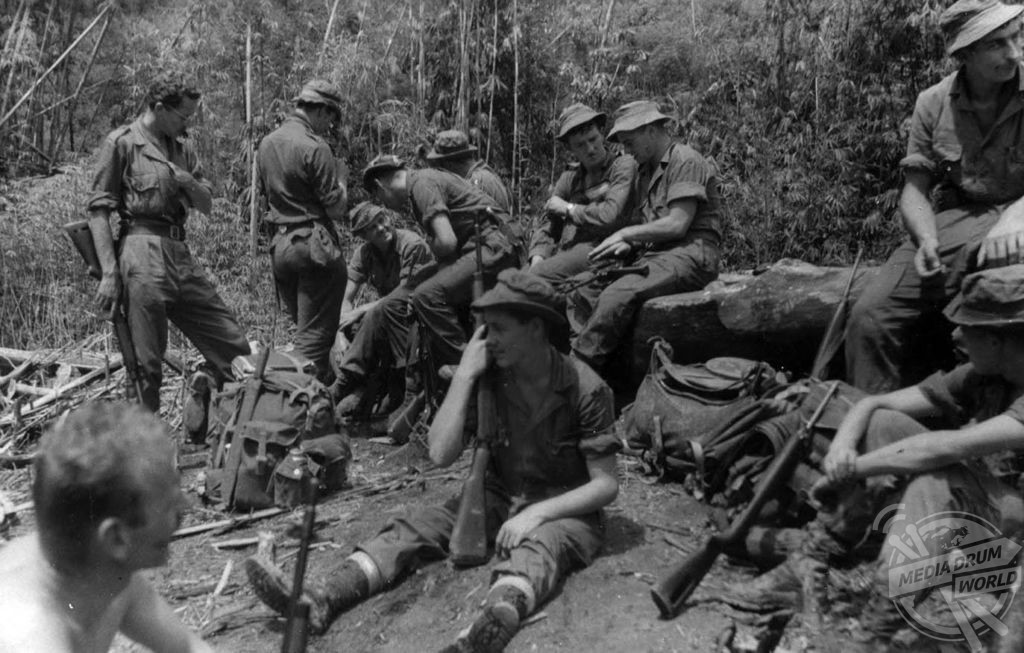
In the years after Woodhouse’s death, Alan Hoe was adamant that the SAS commander’s contributions to the SAS were properly recognised, hence Keystone of 22 SAS.
“This book aims to show how vital the experience, energy and wisdom of John Woodhouse were in the rebirth and development of the SAS of which he was so very proud,” added the author.
“The work covers in some detail John Woodhouse’s time in Malaya because this was the period during which his views on the values and future of the SAS were formulated and solidified as he experimented with equipment, tactics, selection, training and techniques.
“John Woodhouse established an early firm platform for all successive commanders to build upon and remained the officer with on-the-ground experience, foresight, presence and the necessary energy to drive things through at the early critical stages of SAS development, many times through personal example. He truly was the ‘keystone’.”
Alan Hoe’s Keystone of 22 SAS: The Life and Times of Lieutenant Colonel J M (Jock) Woodhouse MBE MC, published by Pen And Sword Books, is available here.






